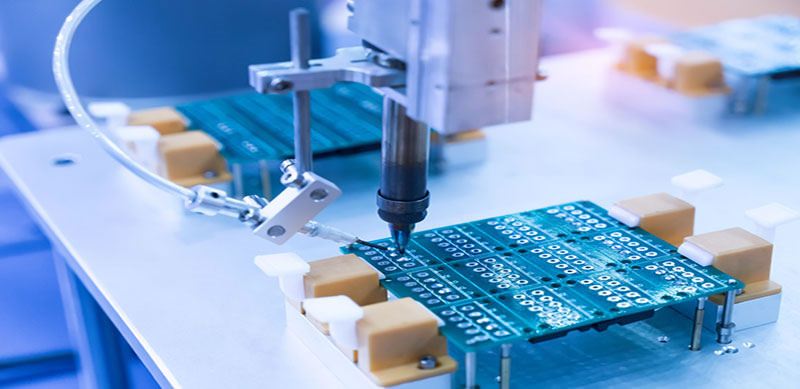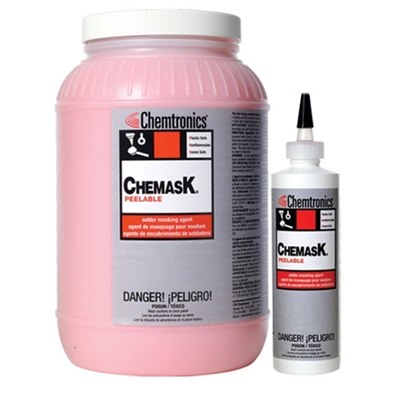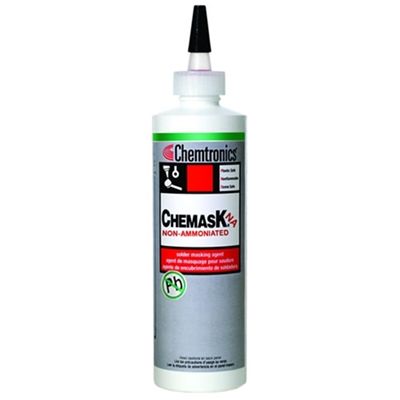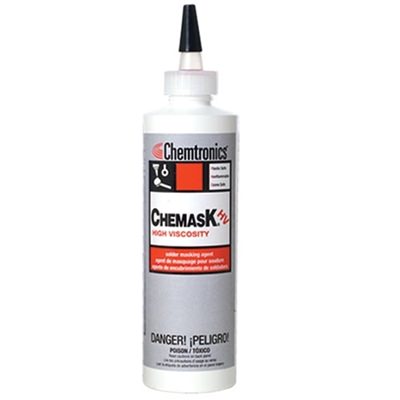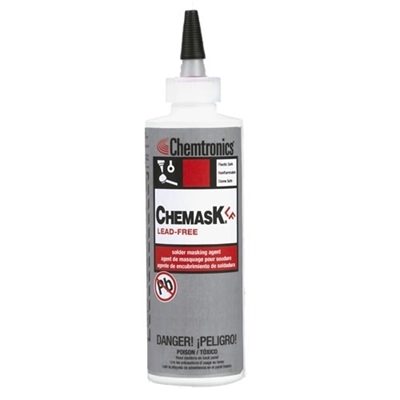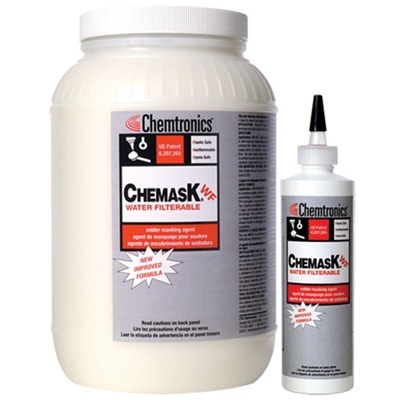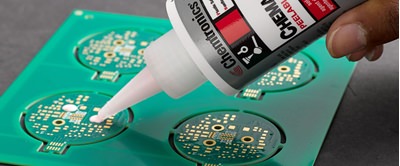In this post, we’ll cover how a Washington based Electronics Manufacturing Services (EMS) company was able to open up their production capacity for a potential additional revenue of $520,000 per year. In addition, they were able to save 208 hours a year in labor and $2,070 a year in DI column replacement costs. Great savings all around! In this case study, we’ll tell you exactly how they did it.
The company is a contract manufacturer of PCBs for a variety of industries, and their assembly process includes both SMT reflow and thru-hole wave soldering. The problem that they were facing was that their DI system ion beds needed frequent regeneration and residual build-up occurred in their aqueous cleaning system. It was a closed-loop
While assembling printed circuit boards with aqueous flux, and batch cleaning using treated DI water, every two weeks they had to regenerate their ion exchange columns, and weekly they would have to clean residual build-up out of their aqueous cleaning system. Excessive ionic contamination was entering their system and causing the columns lifespan to be drastically reduced. Although flux and handling soils can generate some residual ionic contamination, such sources would not generate the amount of contamination they were seeing. This was becoming extremely costly and time-consuming, and they were losing production time.
Above and beyond the additional cost, excessive residue build-up runs the risk of ionic cross-contamination. Ionic contamination on final assemblies increases the potential of field failures due to current bleed and even electrical shorts from dendritic growth. This expensive irritation could have a catastrophic impact on their product quality.

Chemtronics technicians worked with the company’s process engineers to isolate the problem to their choice of temporary solder mask. Masks are designed for specific removal methods, peelable solder masks being the most popular. Washable masks are available, but not all of them are intended for closed-loop systems. The current spot mask reacted with the flux and coated the inside of the cleaning equipment and filter beds.
By switching their temporary spot mask to Chemask® WF, improvements were quickly realized. With the addition of a micron bag filter and the use of Chemask® WF, the ion exchange columns are now lasting on average 12 weeks, 6x the amount of time the original columns lasted. They also experienced a reduction in maintenance
It’s a simple as that. By adding Chemask® WF to the process, the company was able to decrease production time, save on materials and labor, and increase production capacity. These results are not isolated or one-off. They can be replicated in your process as well. Reach out to us with your problem and we would happy to get a solution started for you. Don't forget to share this post with your social network.

